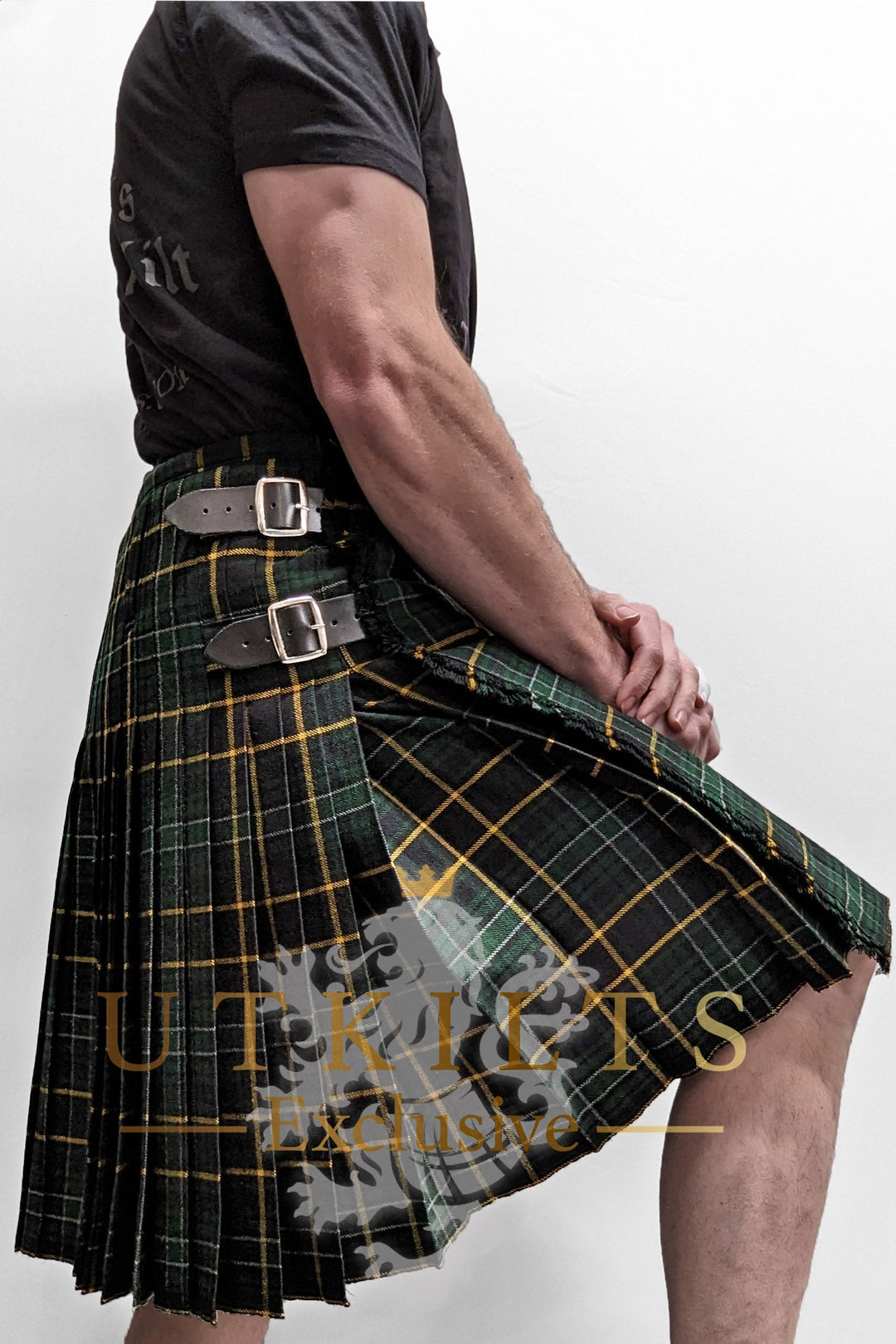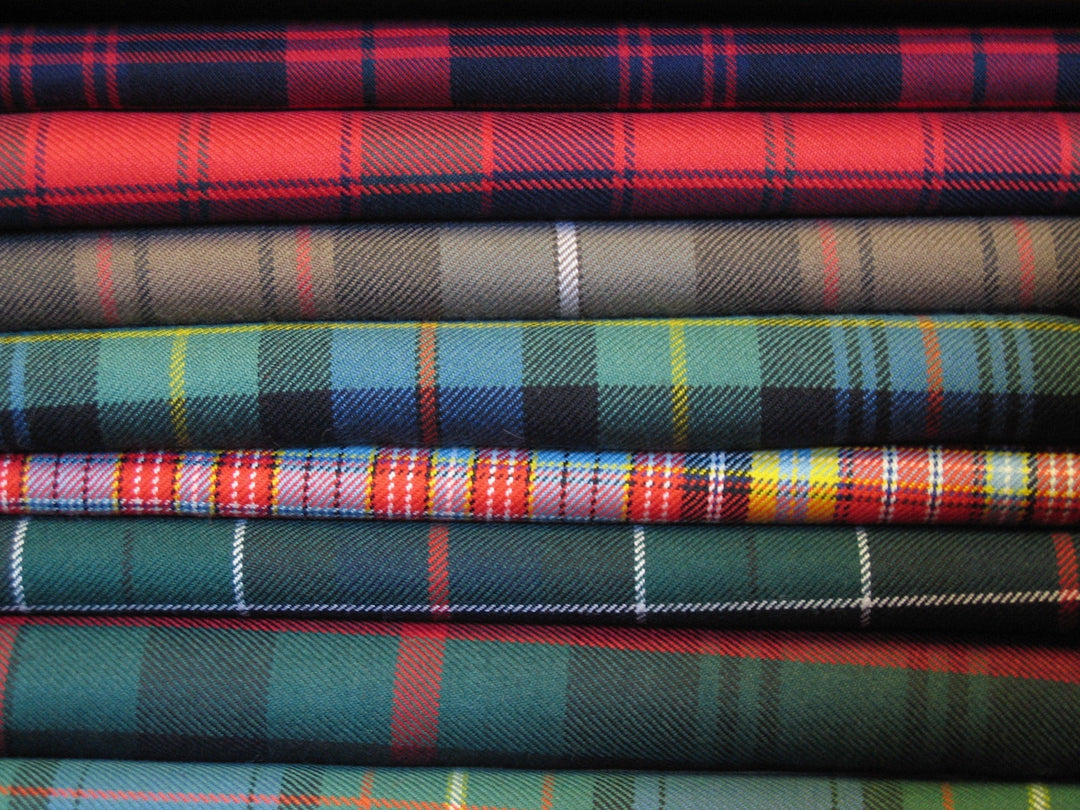Simplified Care and Storage for Your Kilts
Traditionally, kilts were made with 100% pure new wool; this material is still widely used today for both tradition and durability, but with the number of new options and materials that are available, proper care, particularly for wool, can become confusing. Whether it’s a formal piece, a utility kilt, or a traditional tartan, cleaning and storage for your kilt is essential for keeping it looking its best. Don’t worry, though, it’s not at all difficult with just a little know-how.
Tips for Storage
Though outdoor activities are a great opportunity to sport a kilt, if you happen to get caught in a bit of rain, remember to never ever store your kilt until it’s completely dry. Moisture is the cause of mold; it grows in damp places like leaky roofs, pipes, or damp fabrics, including carpet- and your kilt, if it isn’t dried in a timely manner, especially if your home is already prone to moisture. Moreover, mold could spread from, say, the wooden dresser you use to store your kilt, and invade nearby areas. Lay your kilt across a flat surface and allow it plenty of time to properly dry. When it’s ready to be stored, many people agree that hanging it, unfolded and pleats downward, inside of a garment bag is the best way to do so. If you do opt for drawer storage, it’s a good idea to lay it flat and include a couple of cedar blocks to ward off pests like moths and prevent any chance of odors.
Tips for Cleaning
Of course, dry-cleaning your kilt every once in a while is necessary, but it doesn’t need to be done after every wear. Dry cleaning uses solvents that aren’t the best for wool garments, as they remove its natural oils, making it dry and brittle over time, so it’s best to dry-clean sparingly. Remember, it is possible to clean your kilt yourself using a dry cleaning kit designed for home use. At-home kits are especially handy for prompt treatment of sudden stains. Avoid using heat of any kind for any part of the cleaning process, especially for drying; even though it’s vital not to store a wet or even damp garment, heat can cause shrinking and otherwise damage the wool.
Tips for Pressing
In addition to cleaning and storing, proper pressing of your kilt is also important in order for it to keep its shape and overall integrity; you don’t want it creased in the wrong places and looking disheveled. Your kilt should really only need pressed every couple of years, so it’s worth it to take it to a professional that has experience in pressing kilts. If you opt to do it yourself, remember to follow your iron’s setting guide for wool as well.
With the proper maintenance, storage, and care, a quality kilt can be worn for many, many years. You may even have it to pass on as a family heirloom. Afterall, a kilt is more than just a garment. It’s heritage and legacy.








Leave a comment